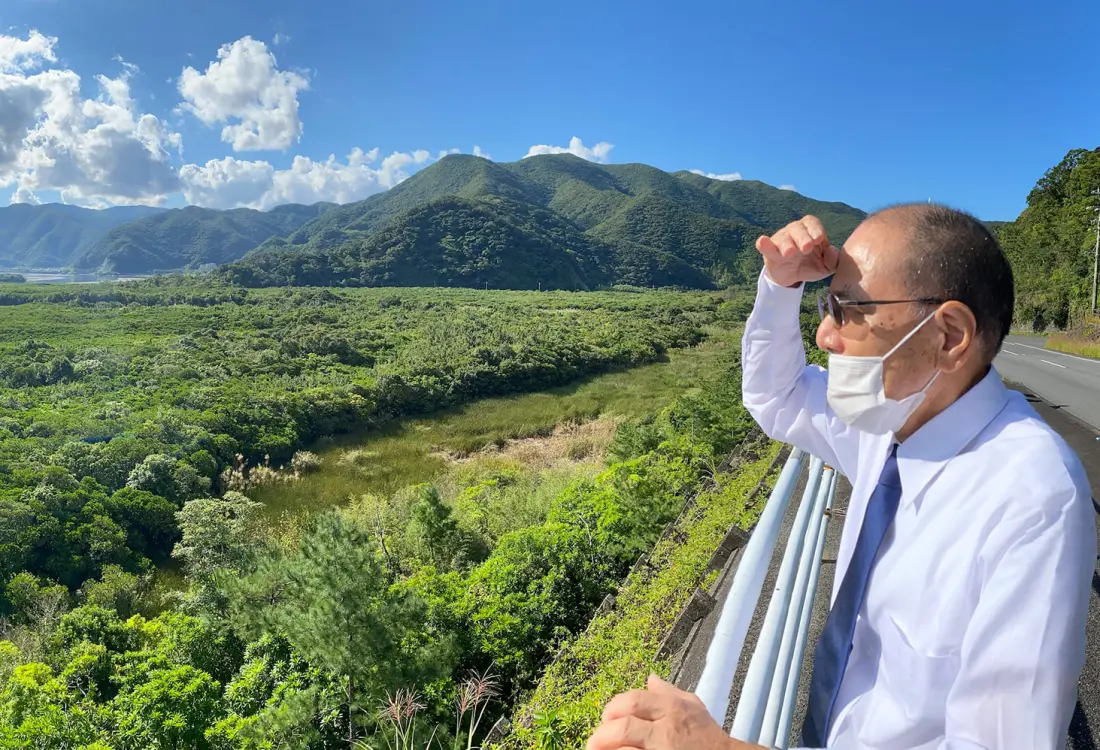
Amami Oshima
Where Japanese culture and nature entwine
Tawara-san is a shimacchu, or native Amami islander. He was born on Amami Oshima 70 years ago, and he seems to know everything about this generally lesser-known archipelago between mainland Kyushu and Okinawa. He has spent time on every one of its eight inhabited islands. His mother used to weave the fine silk tsumugi fabric that was the main island’s once-thriving industry. He even teaches me a few popular expressions in the local Amami dialect.

When I ask about Amami Oshima’s native wildlife, he responds with the names of a dozen endemic species, including the Amami black rabbit and the Amami (Lidth’s) jay, both national treasures, as well as the elusive crimson akashoubin (ruddy kingfisher) and the infamous habu—venomous snakes that live mainly in forests and grasslands, which I am unlikely to encounter during my stay. Today, Tawara-san is my local chauffeur and makeshift bodyguard on the big island.
We drive along Route 58, surrounded by a lush landscape, where the hilly horizon appears misty and evergreen. As seen from above, it’s easy to believe that 85% of Amami Oshima is covered in mountainous jungles of subtropical plants, including the living fossil sotetsu (cycads). The entire Amami archipelago consists of some 50 islands, all of which are inhabited by endemic, rare, or endangered animals. Amami Oshima is currently in line to become a UNESCO World Natural Heritage site, which would protect its native biodiversity while attracting eco-tourism to the island.
As I lower myself into a bright red kayak at the Kuroshionomori Mangrove Park, I begin to feel the gentle current on the Sumiyou River at low tide. Once I start paddling through the clear shallow water, I can already see Ryukyu ayu—long iridescent fish that are now found exclusively around the mangroves of Amami Oshima. I follow my guide Harima-san to a clearing on the shore near the confluence of the Sumiyou and Yakugachi rivers.


If Yakushima has its several-thousand-year-old cedar trees, Amami Oshima has its hundred-year-old mangroves. Harima-san points out the different generations of mangroves in the primeval forest, from the centenarian elders on the hill to the much younger shrubs near the shore: mehirugi, identified by their thick glossy leaves, and ohirugi, sprouting maroon-colored buds. The wet sand bubbles with innumerable shiomaneki (fiddler crabs), who disappear into their individual holes as we approach. In the puddles, slightly less shy minami tobihaze (barred mudskippers) poke their eyes out above the muddy water.


Back in the kayaks, Harima-san leaves me to explore leisurely on my own, so I make my way slowly along the riverbank, hoping to catch a glimpse of a white “black” heron or a Ryukyu scops owl resting in the dense forest. I do spot more fleeting crabs hiding among the mangrove roots dangling in the river. As I paddle swiftly back to the dock, the open air and uncrowded waterway give me a sense of both freedom and safety, far from the urban menace of Covid-19.
Oshima Tsumugi Village offers anyone the chance to observe and experience the traditional artisanal process of making Oshima tsumugi: an exceptionally fine silk pongee textile, naturally dyed in mud, that originated on the island more than 1,300 years ago. While the manufacturing process underwent a few technological innovations beginning in the Meiji era, the industry flourished in the early twentieth century and continued (with an interruption during and after World War II) until the 1970s. Today, Oshima tsumugi is considered a high-end luxury textile more often reserved for ceremonial kimono and obi, although other garments and accessories are also sold in specialty shops.
One of the main reasons why Oshima tsumugi is unique to Amami Oshima is that the mud pools used to dye the yarn are endemic to this island. The local mud is particularly rich in iron, which gives the black threads their characteristic luster. When I arrive, the tiny tsumugi village is alive with a class of uniformed middle-school students enthusiastically engaged in a dyeing workshop, wading barefoot in the mud field.

Inside the barn, the guide scoops and pours an iron ladle of dark pigment solution containing tannin pigment from the native Sharimbai tree (Rhaphiolepis umbellata, or techigi in Amami dialect). Above, dyed yarn samples hang on a horizontal pole, labeled according to how many times they were soaked. In a dedicated room, one man uses the shimebata machine to precisely tighten the white silk threads that will be woven into the kasuri fabric.


In the main room, two women are busy at work on the looms, rhythmically weaving their kasuri patterns, meticulously matching each weft thread point by point. As I have come for a hands-on tsumugi weaving experience, one of the weavers invites me to pick out a few spools of colored thread, then installs me at one of the narrow looms. She shows me how to step down on alternating pedals, slide the weft across the warp, strike down the weave. Each line requires full-body coordination, precise movements, and more than a bit of practice. Kawabata-sensei, who has been practicing this craft for 40 years, playfully scolds me every time I go too fast and end up either tangling threads or smashing my knees. But in the end, I have an original 38cm x 18cm piece of Oshima tsumugi to show for my efforts.


Oshima Tsumugi Village lies inside a natural garden inhabited by subtropical plants, birds, butterflies, dragonflies, and other creatures. On the walk back from the factory, I cross a bridge overwhelmed by birdsong, past blooming hibiscus, bougainvillea, papaya, cycads, and the native adan palm.
Given the indigenous beauty of Amami Oshima’s natural environment, I was surprised to learn that the island’s most famous artist only came to settle here at the age of 50, in 1958. By then, Tanaka Isson had experimented with various painting styles in Tokyo and Chiba, traveled around Japan, and refined his acute sketching techniques. When he finally arrived on Amami Oshima, he decided to make it his new home for life. He went on to portray the native flora and fauna of Amami’s subtropical canopy in almost scientific detail, often staged in paradisal scenes.
Although Tanaka Isson was a prolific painter throughout his lifetime, his career as an artist never took off, so he supported his modest lifestyle by doing odd jobs. In Amami, he worked intermittently for Oshima Tsumugi, skillfully creating pigments to dye the fine silk threads. It wasn’t until after his death on Amami Oshima in 1977 that the artist’s work began to be recognized.
Since 2001, the Tanaka Isson Memorial Museum of Art is dedicated to exhibiting and conserving all his works, from his earliest sketches around Tokyo to his final masterpieces directly inspired by Amami Oshima. I’m intrigued by the wide range in styles, but especially admire the large vivid paintings of his later years, with their intricate portraits of Amami’s rare birds and flowers. The museum renews its exhibitions four times a year and is surrounded by a real-life “Isson’s Forest” inside Amami Park.
By late afternoon, I’m delighted to check in to the nearby Thida Moon luxury resort. Like Oshima Tsumugi Village, the hotel is also owned and managed by Oshima Tsumugi, one of the few remaining companies to manufacture the exquisite textile products from start to finish. The resort is currently managed by Kaori Ota, a passionate advocate of the craft, who is the fourth generation to continue the proud family business with her parents.

On the second floor, the small Oshima Tsumugi Museum exhibits full white, indigo, and dark mud-dyed tsumugi kimono, as well as an original byobu folding screen with flowers painted by Tanaka Isson, and other tsumugi patterns reproducing the artist’s now-famous drawings. The entire resort is tastefully decorated, with minute attention to detail and hygiene safety, from the impeccable rooms to the patio bathhouse, from the yakusugi ancient wood furniture to the delicately fresh gourmet breakfast and service. One suite has a bathtub with a view of the sky; the other pays tribute to the artwork of Tanaka Isson.


It’s refreshing to spend time on an island that conscientiously preserves its expansive natural environment yet still provides alternatives to roughing it in the wild. What makes Amami Oshima unique among the Ryukyu Islands is that it offers sleek resorts without overdevelopment and beaches and nightlife without overtourism.

After sunset, in the Naze port area of town, Yango Street is where the action is, in its own subdued way. It’s the main drag of a commercial neighborhood of restaurants and izakaya, wine bars, and trend shops. There’s even a recording studio for local Amami FM radio. The distinctive sound of shima uta, the island’s traditional folk singing accompanied by the three-stringed sanshin, wafts out of a restaurant around the corner. But with no light pollution from glaring neon billboards, low buildings, and only sparse streetlights, the streets themselves look clean and calm, like a cinematic retro scene from the 1950s.

When I arrive for my dinner reservation at Natsukasyaya, I am warmly greeted by staff members at the entrance of a large house on a residential side street. After removing my shoes, I take my seat at a long dining table set for one.
The round wicker tray contains several dainty dishes centered around a fresh-caught spiny lobster, as well as kihada (yellowfin) and maguro (tuna) sashimi. The house specialty is the hearty purple-tinted rice, cooked in the broth of the local handama vegetable, and enhanced with dried plums, shirasu (whitebait) and salmon. Another local island dish is the savory steaming hot soup made with mashed prawns. One of the mouthwatering sides is tonkotsu (pork bone) tongan (wax gourd), which melts on my tongue. Crispy papaya salad with tangy shikuwasa citrus juice complements the flavors.

It’s already quite a feast, but Natsukasyaya’s owner, chef, and “anma” (mother) Egami Isako tells me to save room for more. Even though they’re busy serving a private tatami room full of guests, her son regularly comes over to introduce new dishes or to chat with me.
After the restaurant guests have left, Egami mother, son, and the two servers sit down at the long table to enjoy their own tasty dinner. They chat and laugh together like a family at rest after a long day at work. Finally, Egami-sensei sends me off with three more brown sugar manju steamed cakes to take back for the next day.


As I leave Amami Oshima the following morning, these edible souvenirs already make me feel nostalgic for my adventures on the island. I nibble on the soft cake, with sweet memories of waking to birdsong, kayaking through mangroves, weaving fine silk threads on a narrow loom, discovering the detailed artworks of Tanaka Isson, sleeping on a full stomach lined with local delicacies from a family feast, revisiting all the people who touched my heart along the way. It may be some time before I have a chance to come back to this friendly island, but when I do, I will remember the Amami expression that Tawara-san taught me to say when reuniting with a long lost friend: “Natsukasya~!”
Kuroshionomori Mangrove Park
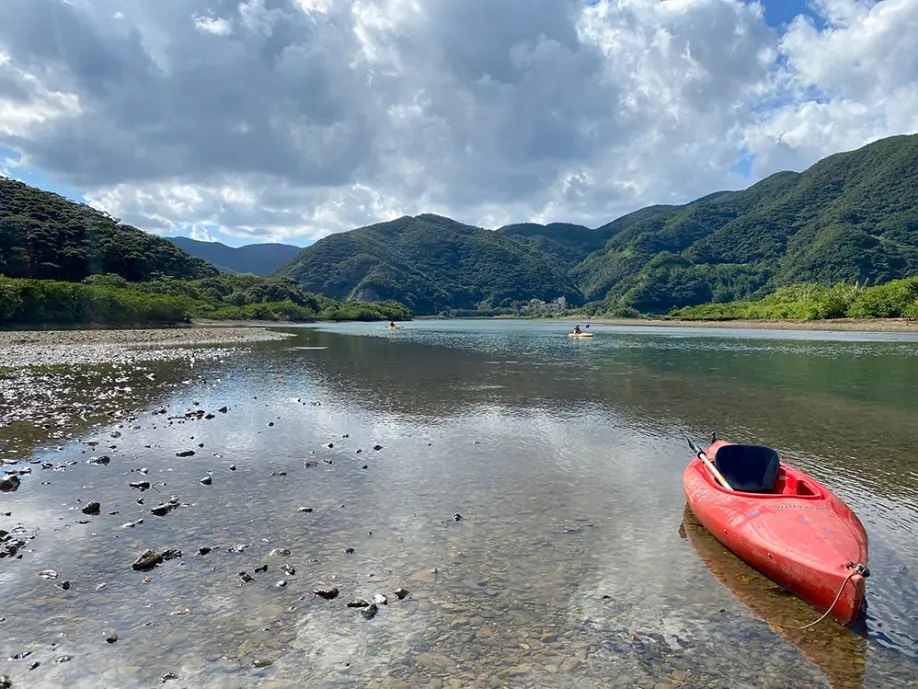
Oshima Tsumugi Village

Tanaka Isson

Natsukasyaya

Yango Street

Thida Moon resort

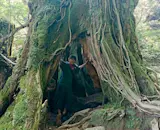
Cherise Fong
Originally from San Francisco, I arrived in Tokyo with my bike and my backpack one rainy day in summer. Since then, I travel through the archipelago by bicycle, train and boat, often to the rhythm of taiko and shinobue, always looking for new paths and unique perspectives.
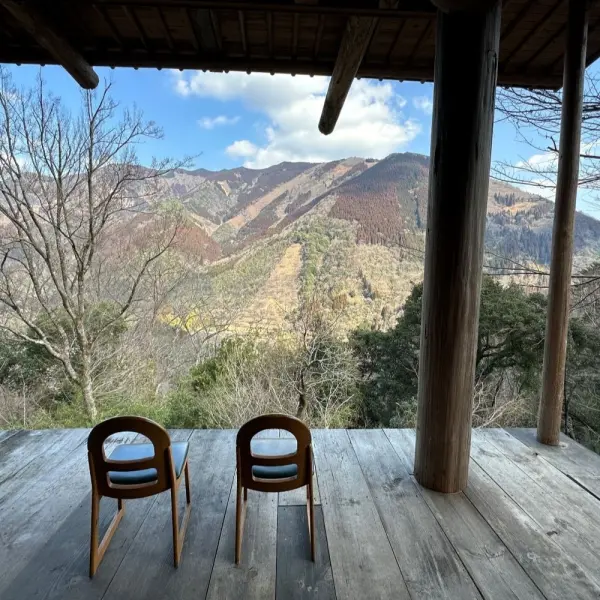 Traditional Life in Shiiba Village, Kyushu’s Secret Hideaway
Traditional Life in Shiiba Village, Kyushu’s Secret Hideaway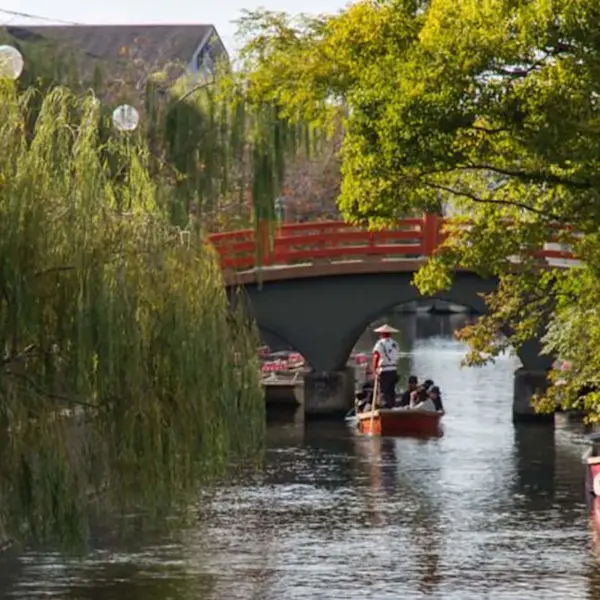 Follow the Canals: The Humble Beauty of Yanagawa
Follow the Canals: The Humble Beauty of Yanagawa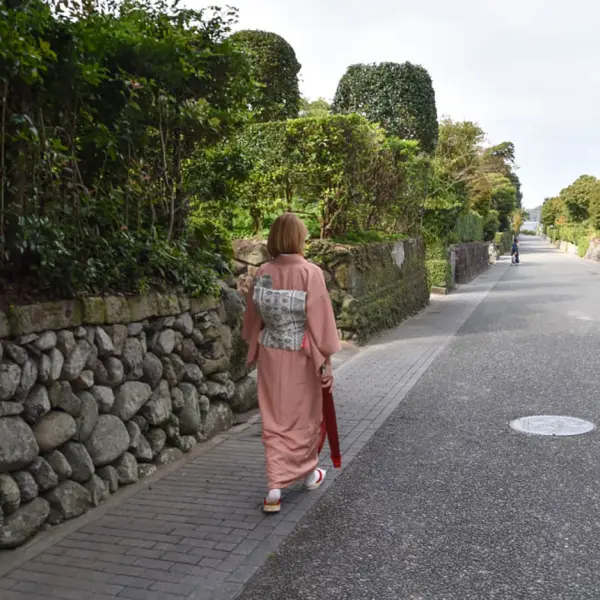 Visit one of Japan's largest samurai residences in Izumi
Visit one of Japan's largest samurai residences in Izumi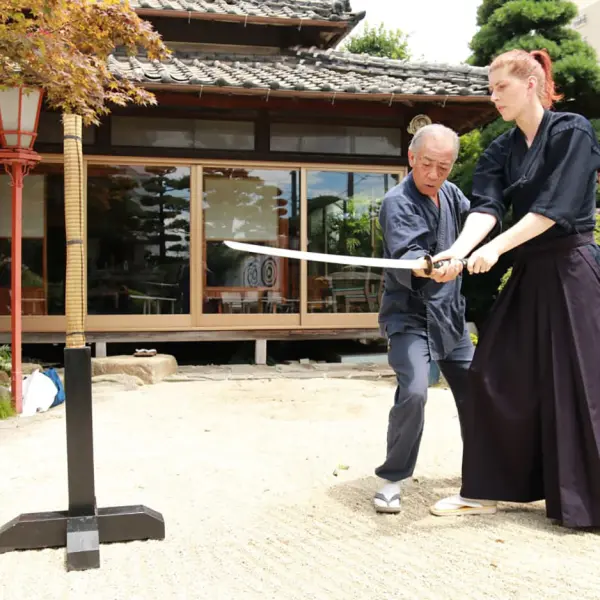 Katana Training & Omuta Exploration
Katana Training & Omuta Exploration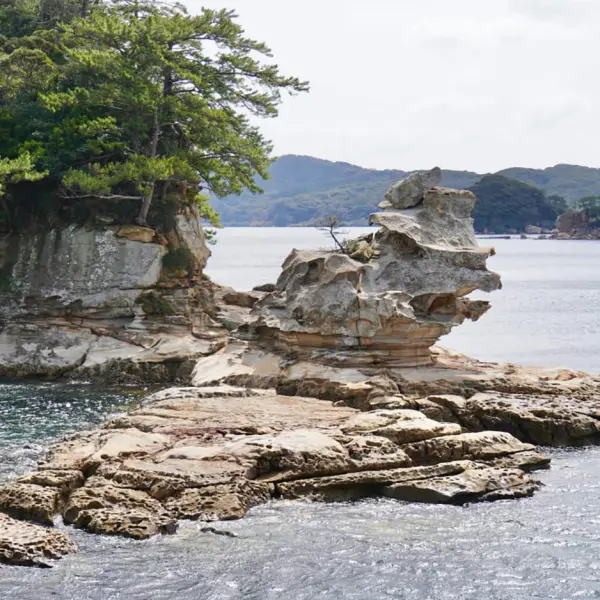 99 Islands and a Mouthful of History in Sasebo
99 Islands and a Mouthful of History in Sasebo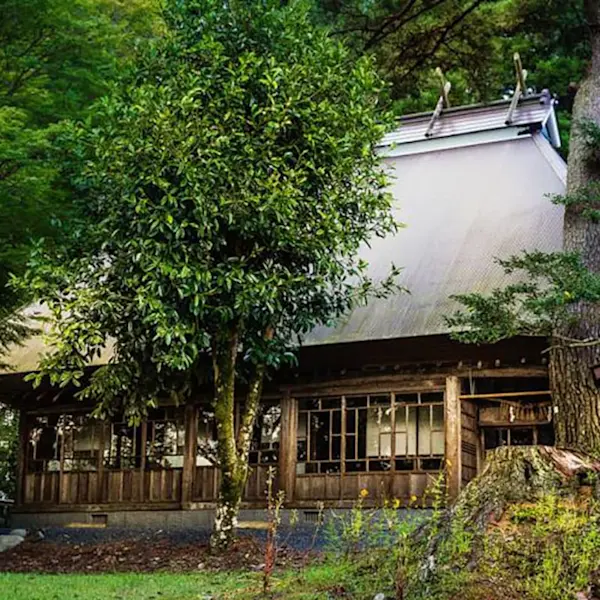 Takachiho: Explorations of a mystical land
Takachiho: Explorations of a mystical land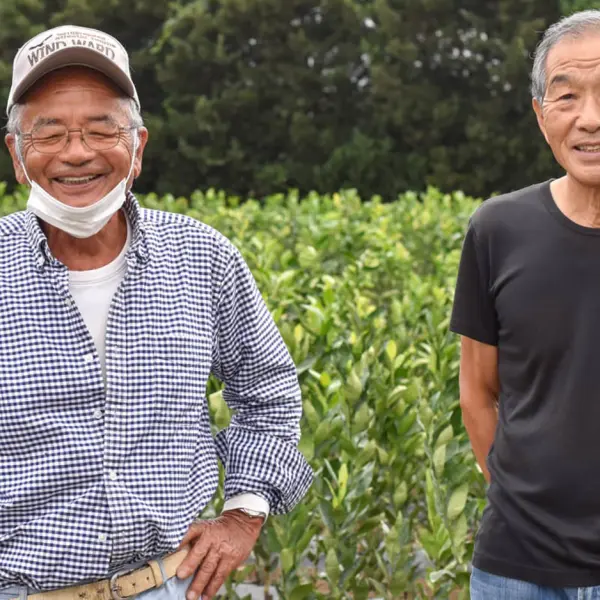 Meet the Locals at a Japan Farm Stay at Kagoshima
Meet the Locals at a Japan Farm Stay at Kagoshima Amami Oshima: Gorgeous island steeped in history
Amami Oshima: Gorgeous island steeped in history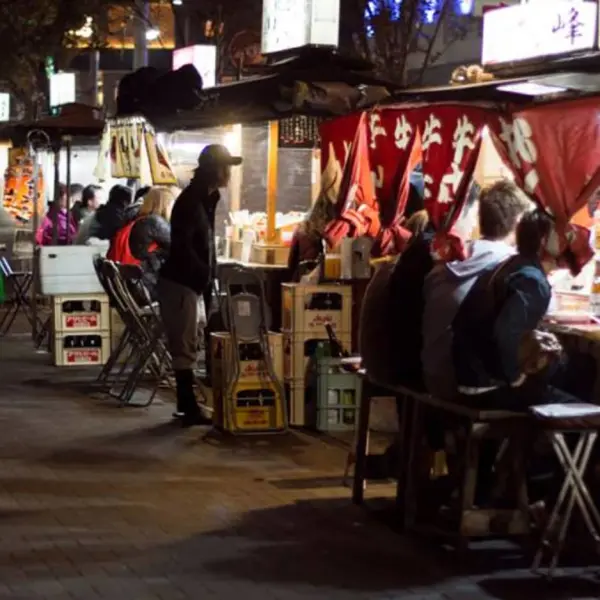 Yatai in Fukuoka: Sitting at the Counter with History
Yatai in Fukuoka: Sitting at the Counter with History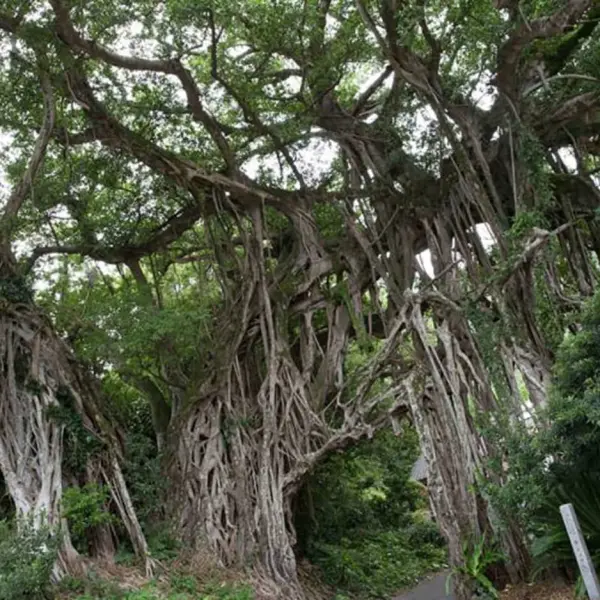 Yakushima: Feeling the Island
Yakushima: Feeling the Island




